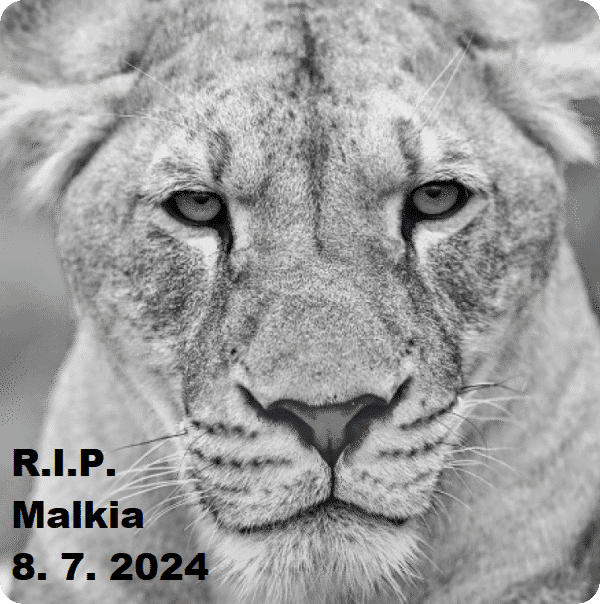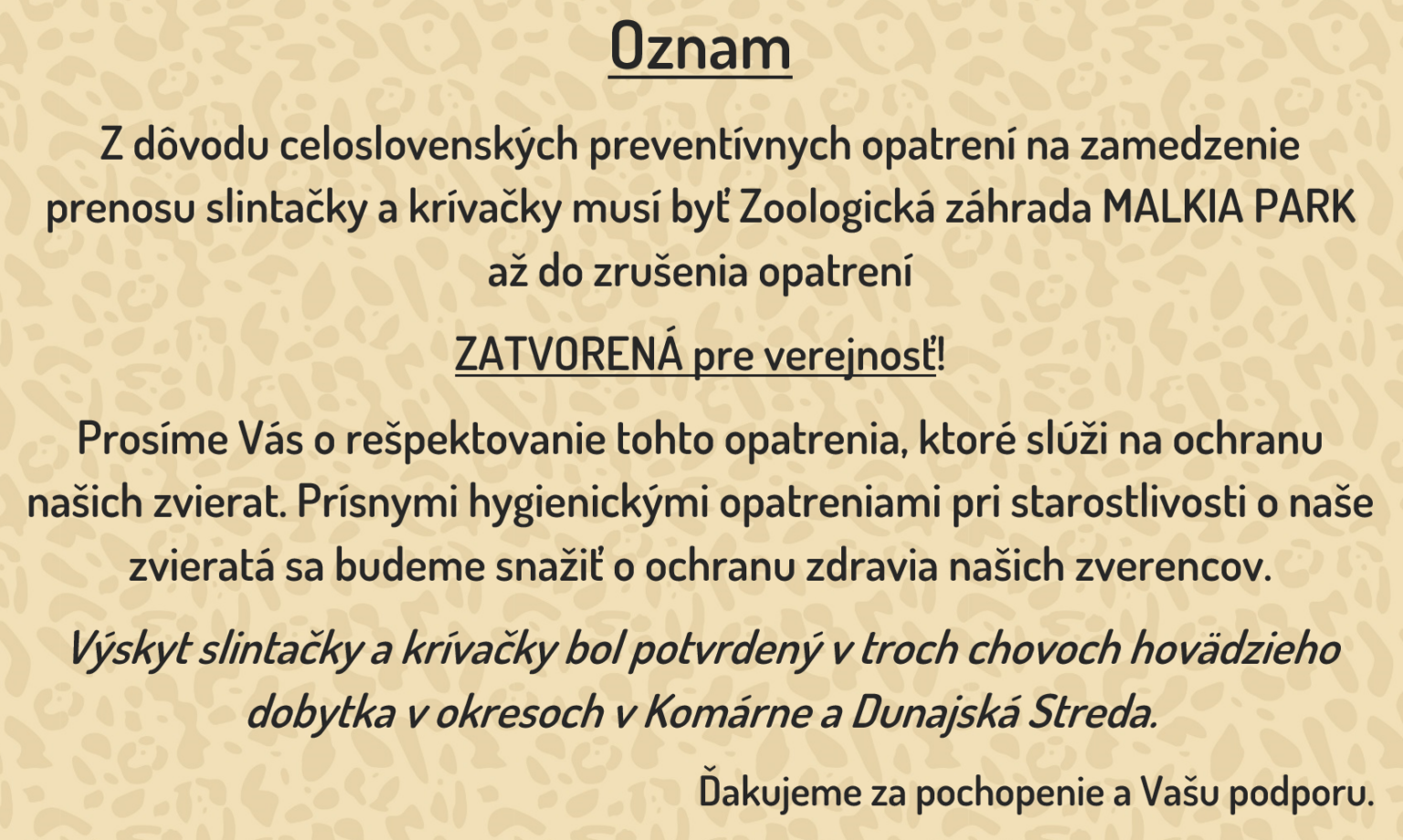The lion is distinguished from other felids by its short, close-fitting, sand-coloured coat and the end of its tail, where it has long, darker fur. Already at first glance, sexual dimorphism, i.e. a marked difference between male and female, is visible. The male has a thick mane covering his head and neck. The colour and density of the mane inform about the age and health of the lion. Young males have a mostly light brown mane that darkens over time. Old males can be recognized by their very dark, almost black mane. The mane also has a vital function – when two males fight over females and territory, the males strike each other with their clawed paws in the head and neck area. The thicker the mane, the better it protects the lion and gives it a better chance of surviving without injury – it acts as a protective helmet.
Unlike other felids, lions are very social and territorial creatures. Even if they don’t spend all their time together, they share territory and are friendly to each other. A clamp is most often made up of 20 to 30 individuals. In some packs there is only one dominant male, in some there may be up to four.
Males protect the territory and females and prevent other males from mating with them. The lion marks its territory by the smell of droppings, urine and a strong roar, which it uses to warn off potential rivals. Both females and males mark a common territory – the female to secure food and the male to secure his genetic material.
The size of a lion’s territory depends both on the size of the group and the amount of prey on which the lions feed. It usually covers 12 to 25 km2.
As the young males mature, they leave their family, group together and try to find their own pack, females and territory.
But this is preceded by serious fights with dominant males.
Mostly females hunt in groups with young lions – in so-called coordinated hunting they have a better chance of catching their prey. The prey are always weak, sick or old individuals, thus the beasts perform a healing function in nature. They go hunting at dusk, preferring to spend the hot days in the shade. The male eats the catch first, then the female and the young.
If there is a lack of food, the chicks are the first to die.
They do not pursue their prey for long. But when they run they develop a speed of 48 to 60 km/h. There have also been sightings of lions burrowing and hunting pigs.
When a lioness is pregnant, she leaves the group and finds a hiding place where she gives birth. A lioness nursing cubs needs to consume up to 6 kg of meat per day. When a lioness brings her cubs into a group, the other lions take them in.
The largest known lion ever recorded was a male and weighed a whopping 272 kg. This “giant” originated in Kenya.
Lions can open their jaws up to 28 cm wide.
They have great hearing. They can hear their prey at a distance of up to 1.6 km.
Hunting efficiency is increased by hunting in groups. According to research in the Serengeti, lions as individuals have a 17% hunting success rate, while in groups it is 30%.
If the original dominant male loses the duel and is replaced by a new male, the newly fought king kills all the cubs that are suckled.
Grown young and young females are not noticed. The lionesses that stop nursing go back into heat, the new male mates them and takes care of his offspring – at the same time new genetic material is introduced into the group and inbreeding is prevented.






